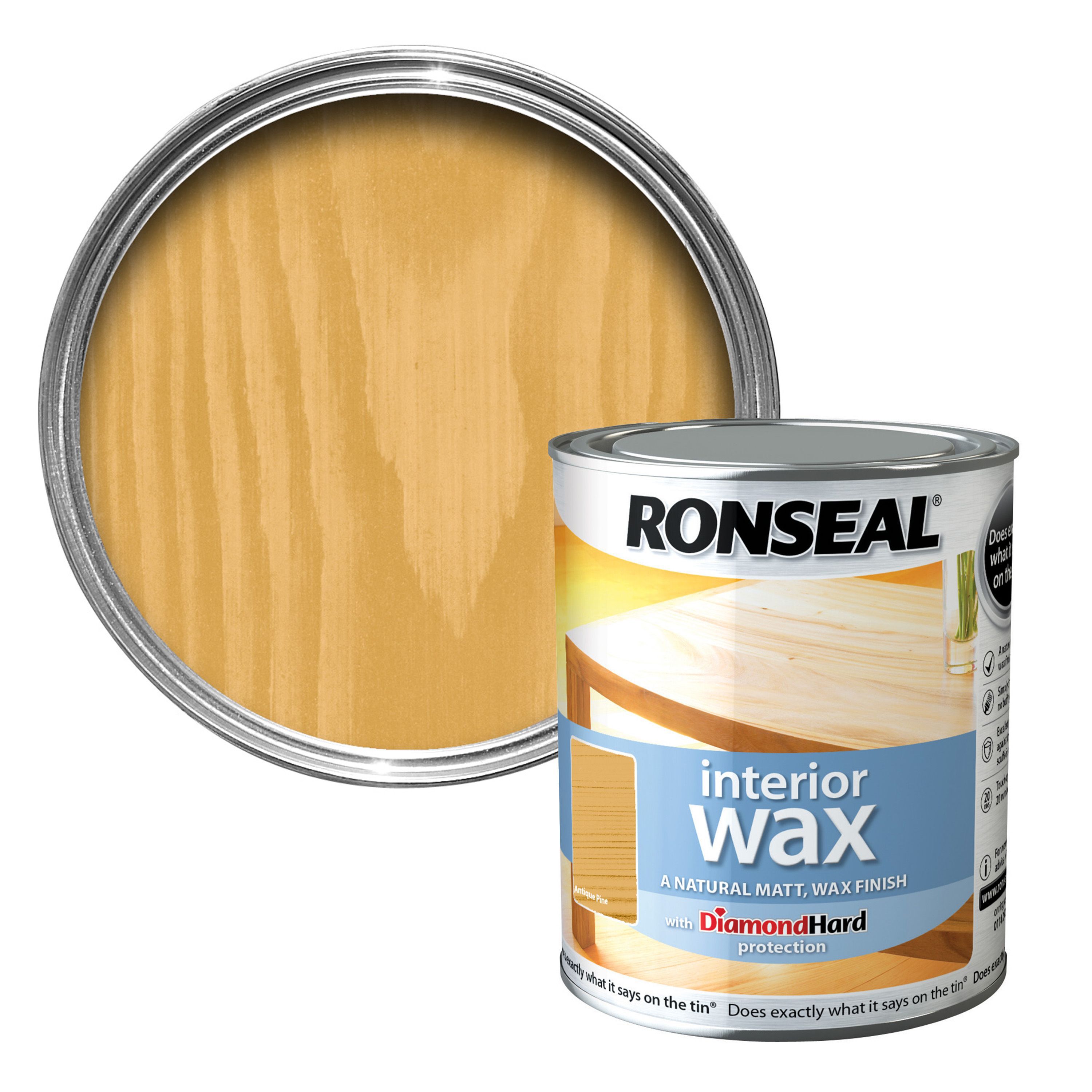Exterior wall thickness varies, depending on the exterior finish, siding and brick facing. The members are sized to roughly correspond to wood members: standard exterior wall thickness canada.
Standard Exterior Wall Thickness Canada, Exterior wall thickness varies, depending on the exterior finish, siding and brick facing. Interior walls in older construction may differ. Standards for installation of plaster there are two main standards organizations in north america, the american society for testing and materials (astm) and the canadian standards association (csa).
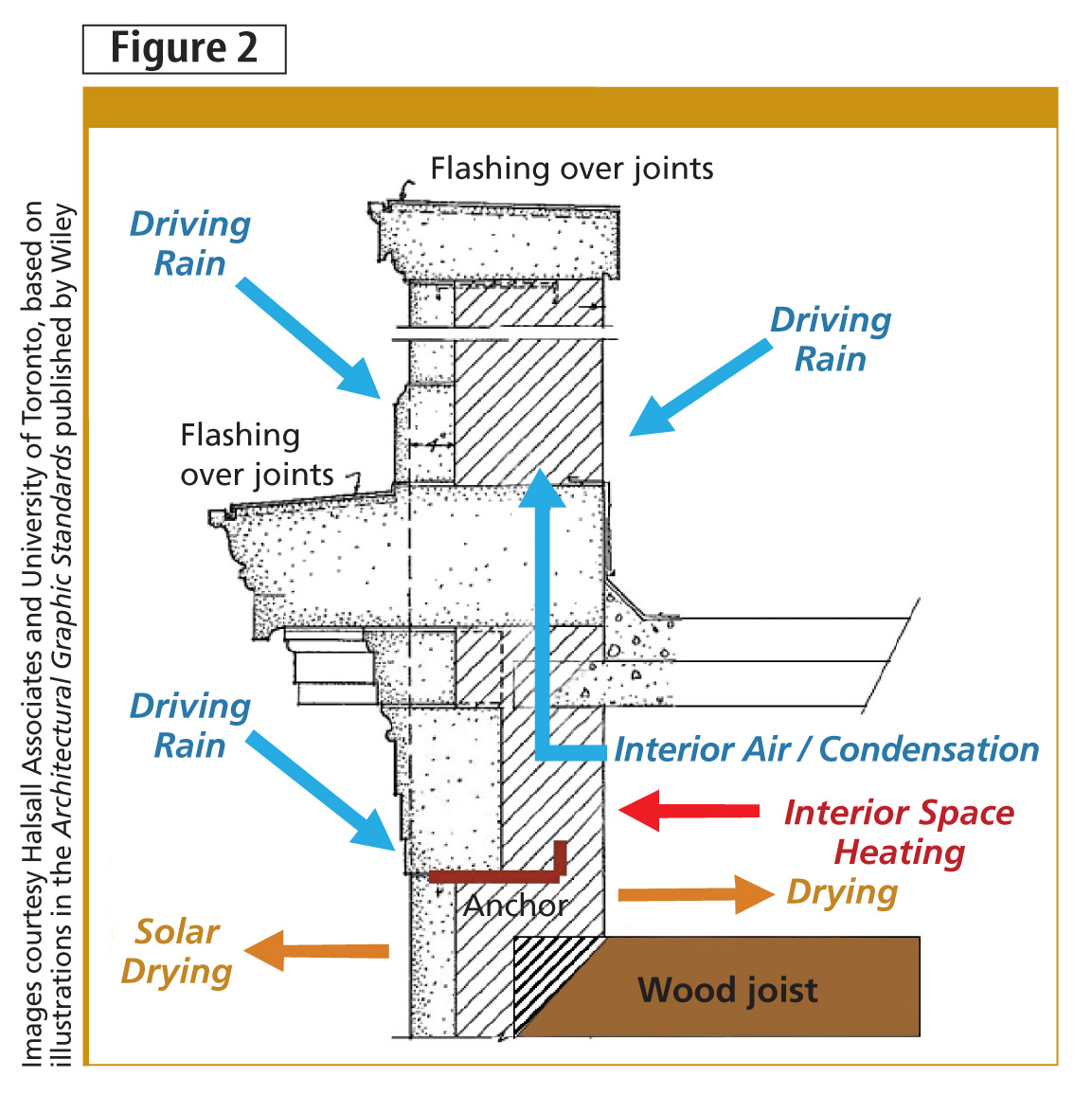 Older Masonry Buildings Benefits, risks, and design From constructioncanada.net
Older Masonry Buildings Benefits, risks, and design From constructioncanada.net
Based on the chart below,.11 m is added to the interior area measurements: Exterior wall thickness varies, depending on the exterior finish, siding and brick facing. In this case it will be a window casing.
However, areas susceptible to high winds require concrete thickness of at least 8 inches.
Maximum stud height is measured between wall plates. Our windows, for example, are made 3 and 1/4 inches thick. The members are sized to roughly correspond to wood members: 300 mm) with a pipe schedule 5s, has a wall thickness of 0.156 inches (4 mm). • canadian home builders’ association, builders’ manual. In this case it will be a window casing.
Another Article :

The exterior wall thickness can be determined by measuring the thickness of the exterior door casings and/or exterior window casings. For every additional 70 feet of height added onto the property, the wall thickness can be increased by an extra four inches to support the additional weight of the structure. Interior walls in older construction may differ. Thickness of exterior walls (1) masonry exterior wall s, other than cavity wall s, in 1 storey building s and the top storeys of 2 and 3 storey buildings shall be not less than 140 mm thick provided the walls are not more than 2.8 m high at the eaves and 4.6 m. The ontario building code | thickness, rating and material standards 9.23.16.2. Older Masonry Buildings Benefits, risks, and design.
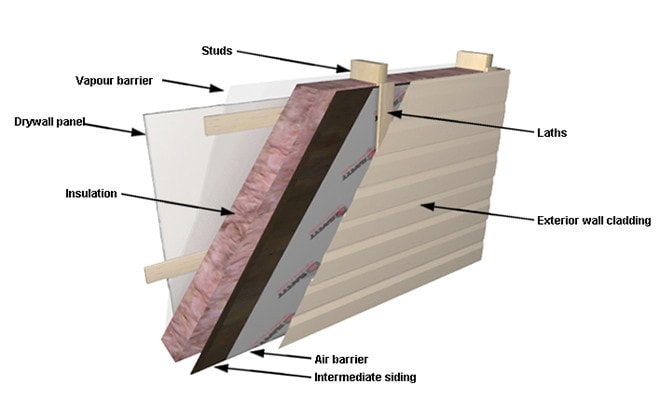
Pros and cons of thick exterior walls Another source for these details is from the western wall and. Interior walls in older construction may differ. For every additional 70 feet of height added onto the property, the wall thickness can be increased by an extra four inches to support the additional weight of the structure. As the schedule is increased, so does the wall thickness. Choose a suitable exterior wall cladding RONA.
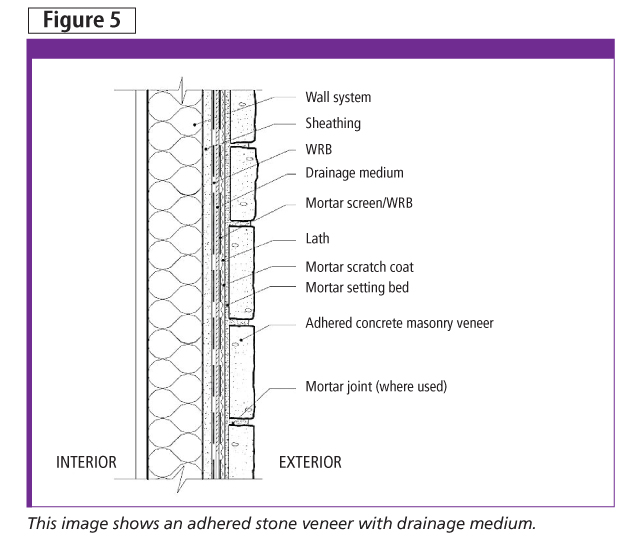
This is a wall of offset 2x4s (interior then exterior) with a thick cavity filled with dense packed cellulose insulation. R22+ effective walls in residential construction in british columbia this guide was developed to assist builders and designers to construct walls that achieve r22 or higher thermal performance. 1 2 typical locations requiring attention to detailing to provide for continuity of insulation are. In this case it will be a window casing. Pros and cons of thick exterior walls CC_Oct13.indd Construction Canada.
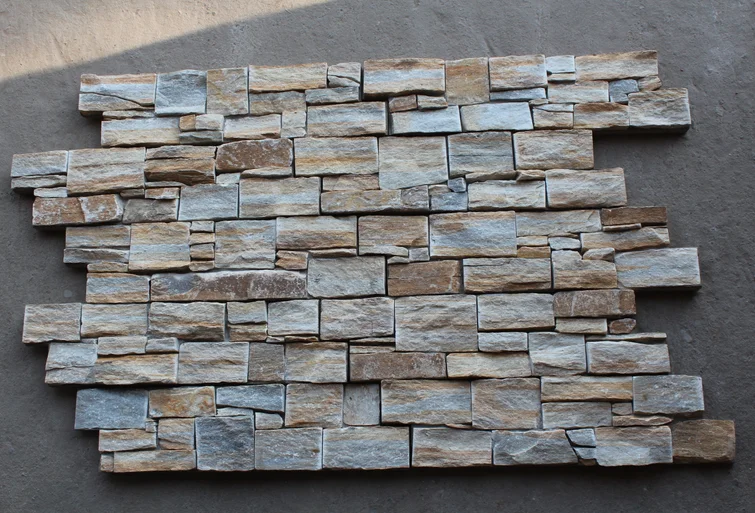
2″x4″ and 2″x6″ are common sizes. The members are sized to roughly correspond to wood members: The thickness is not fixed, and is completely up to you. Placed within and parallel to an exterior wall are Pros and cons of thick exterior walls Veneer Stone,Veneer Stone Panels For Exterior,Stone Panels.

The members are sized to roughly correspond to wood members: Drying and planing reduce the finished size to the current standard of 1.5 by 3.5 inches. The thickness of exterior residential walls when using icfs depends on several factors. For properties that measure up to 70 feet in height, it is recommended that the exterior walls be no thicker than twelve inches. Placed within and parallel to an exterior wall are Brick Veneer Wall Detail Australia Wall Designs.

It really depends on what your walls are made of, your interior and exterior finishes, and your type of project. • canadian home builders’ association, builders’ manual. I have search the web and tried looking for a old building code and unable to find one that will tell me what is. At a pipe schedule of 160, a 12 inch nb pipe has a wall thickness of 1.312 inches (33.3 mm). It is recommended to have studs in each wall at 24 inch centers, so when offset you have a stud every 12 inches. February 2013 Archives RAY CORE Passive house, Passive.

2″x4″ and 2″x6″ are common sizes. For houses, interior walls are usually 4.5 or 5 4 level 1 minkowar · 3y • canadian home builders’ association, builders’ manual. For every additional 70 feet of height added onto the property, the wall thickness can be increased by an extra four inches to support the additional weight of the structure. Thickness of exterior walls (1) masonry exterior wall s, other than cavity wall s, in 1 storey building s and the top storeys of 2 and 3 storey buildings shall be not less than 140 mm thick provided the walls are not more than 2.8 m high at the eaves and 4.6 m. ICF Commercial Presentation Roof construction, Icf walls.

Thickness of exterior wall sheathing? Standard icf external walls need six inches of concrete. Thickness requirements of rubble stone walls the thickness of stone wall should not be smaller 406mm (16 in.) in any case. The thickness of the exterior window casing is 5.5 in. Be mindful of the outside finish on your house. foundation wall system Brick veneer wall, Brick veneer.

Usually, interior walls are anywhere from 4 to 6 inches thick, and exterior walls are typically 6 to 8 inches. In this case it will be a window casing. 2″x4″ and 2″x6″ are common sizes. Standard icf external walls need six inches of concrete. Standards for installation of plaster there are two main standards organizations in north america, the american society for testing and materials (astm) and the canadian standards association (csa). BC Passive House in Canada has a manufacturing plant that.
This is a wall of offset 2x4s (interior then exterior) with a thick cavity filled with dense packed cellulose insulation. For houses, interior walls are usually 4.5 or 5 4 level 1 minkowar · 3y Standards for installation of plaster there are two main standards organizations in north america, the american society for testing and materials (astm) and the canadian standards association (csa). Placed within and parallel to an exterior wall are 300 mm) with a pipe schedule 5s, has a wall thickness of 0.156 inches (4 mm). What is standard residential wall thickness? Quora.
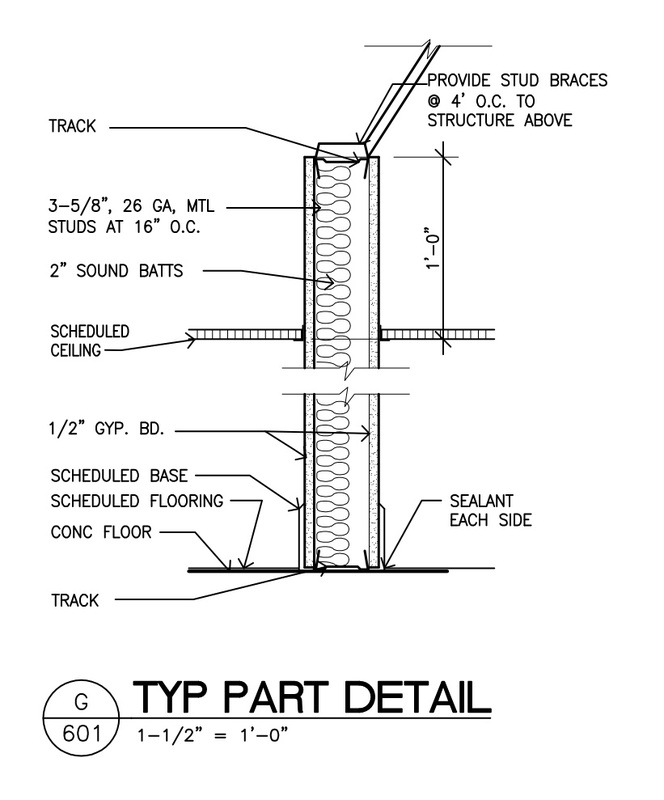
The thickness of exterior residential walls when using icfs depends on several factors. It should be noted that not all pipe schedules are available for all pipe sizes. Another source for these details is from the western wall and. • canadian home builders’ association, builders’ manual. 300 mm) with a pipe schedule 5s, has a wall thickness of 0.156 inches (4 mm). Architectural Details Architekwiki.

In this case it will be a window casing. In case of a residential building, the minimum thickness of a brick masonry wall is 4 inch (0.10 m) & usually used for a partition wall (internal wall) where as external wall thickness is of 6 inch (0.15 m) or 9 inch (0.23 m) 8.2k views view upvotes answer requested by md.yusuf. The members are sized to roughly correspond to wood members: Maximum stud height is measured between wall plates. For every additional 70 feet of height added onto the property, the wall thickness can be increased by an extra four inches to support the additional weight of the structure. Multimedia Superior Walls Canada.

Thickness of exterior wall sheathing? Siding, for example, may require longer jamb extensions. Usually, interior walls are anywhere from 4 to 6 inches thick, and exterior walls are typically 6 to 8 inches. Brick veneer requires a foundation wall thickness of 10 to 12 inches, leaving room for a ledge to support the brick. The thickness of the exterior window casing is 5.5 in. Six Proven Ways to Build EnergySmart Walls Fine.

2″x4″ and 2″x6″ are common sizes. The thickness of exterior residential walls when using icfs depends on several factors. Standard icf external walls need six inches of concrete. Thickness of exterior wall sheathing? Hydrostatic pressures and foundation wall thickness 475 passive house Vapor open exterior without.

Drying and planing reduce the finished size to the current standard of 1.5 by 3.5 inches. Be mindful of the outside finish on your house. At a pipe schedule of 160, a 12 inch nb pipe has a wall thickness of 1.312 inches (33.3 mm). The thickness is not fixed, and is completely up to you. Exterior wall thickness varies, depending on the exterior finish, siding and brick facing. What is a Cavity Wall? Construction and Advantages of.




